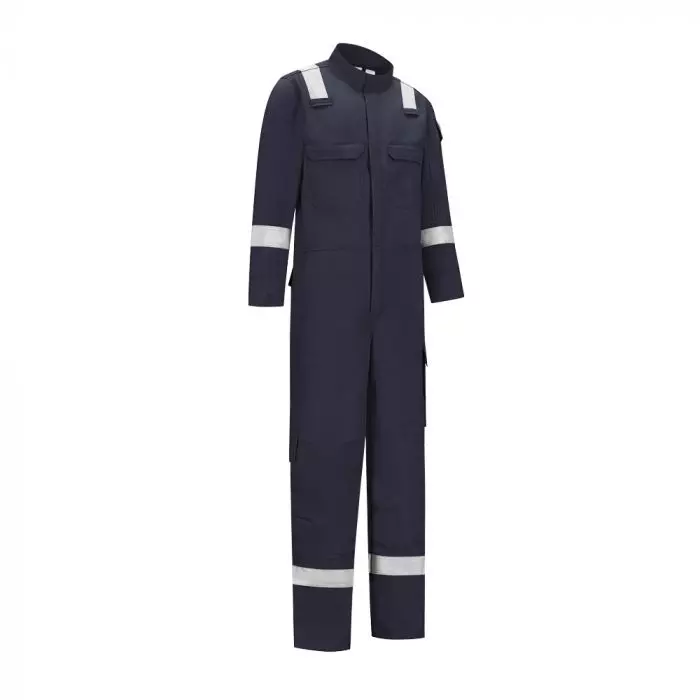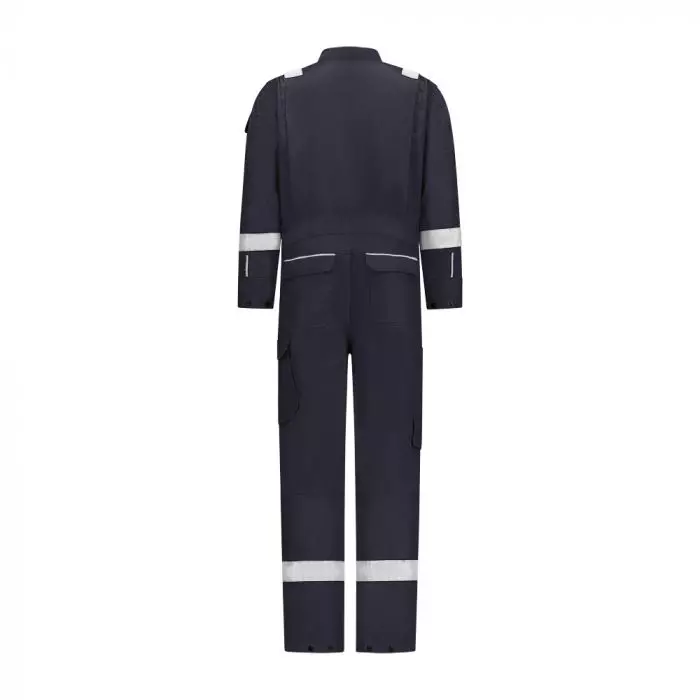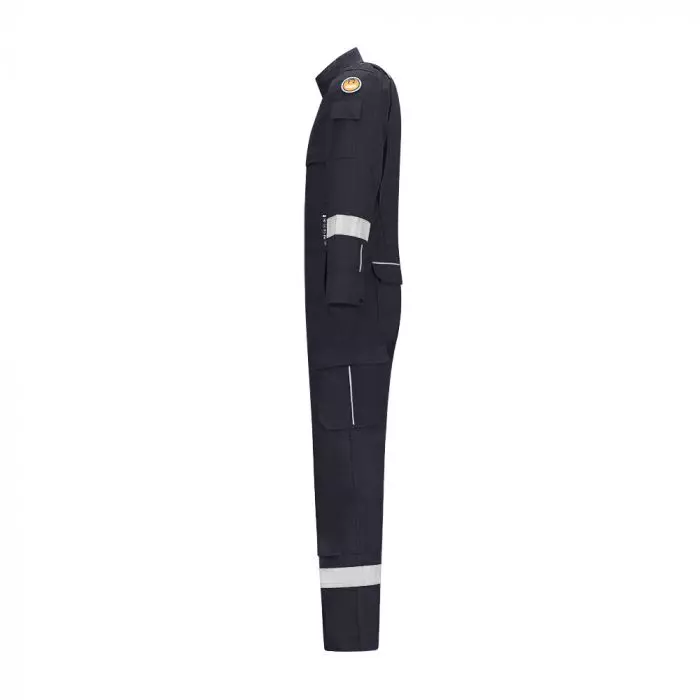


Features You'll Love

Fit · Regular
EN 1149-5 · Material Performance Tested
Determines how closely the overalls follow your body shape, affecting comfort, range of motion, and ability to layer clothing underneath.
This garment's material is tested to reduce static electricity buildup. It helps prevent sparks that could cause a fire or explosion in certain work environments, keeping you safer around flammable materials or sensitive electronics.

Closure Style · Snap Buttons
The method used to fasten and secure the overalls, affecting ease of dressing, fit security, and convenience during work activities.

Waist Type · Elastic
Determines how the waist area fits and adjusts, affecting comfort and security of the coveralls during movement and work activities.

Pocket System · Knee Pad Pockets
Defines the types and placement of pockets on overalls, affecting storage capacity and accessibility for tools, equipment, and personal items during work.
87,10 €
Choose size
Free delivery
Features You'll Love

Fit · Regular
EN 1149-5 · Material Performance Tested
Determines how closely the overalls follow your body shape, affecting comfort, range of motion, and ability to layer clothing underneath.
This garment's material is tested to reduce static electricity buildup. It helps prevent sparks that could cause a fire or explosion in certain work environments, keeping you safer around flammable materials or sensitive electronics.

Closure Style · Snap Buttons
The method used to fasten and secure the overalls, affecting ease of dressing, fit security, and convenience during work activities.

Waist Type · Elastic
Determines how the waist area fits and adjusts, affecting comfort and security of the coveralls during movement and work activities.

Pocket System · Knee Pad Pockets
Defines the types and placement of pockets on overalls, affecting storage capacity and accessibility for tools, equipment, and personal items during work.
Product description
This premium safety coverall combines advanced protection with ergonomic design, featuring a robust 240 GSM fabric blend of 98% Guardian and 2% anti-static material. The garment incorporates YKK® two-way zippers, multiple safety-focused pockets, and Prolux® 50mm flame-retardant reflective striping for enhanced visibility. Meeting multiple EN ISO safety standards, this coverall delivers comprehensive protection against thermal hazards, flames, and electric arc while ensuring comfort during extended wear.
Product Features:
- Standing protective collar
- Concealed YKK® two-way zipper with metal snap button closure
- Gas detector loops on both sides of chest
- Ergonomically shaped arms with action armpits
- Back pleats with 45° tack for improved movement
- Adjustable elastic waistband
- Multiple safety pockets:
—Pen pocket on left sleeve
—Chest pockets with concealed zipper
—Slanted side pockets with hook-and-loop closure
—Back pockets with safety flaps
—Cargo pocket on left leg
—Diamond tool pocket on right leg
—Shaped kneepad pockets
Technical Details:
- Fabric composition: 98% Guardian, 2% Anti-Static
- Weight: 240 GSM
- Type: Unisex
- Reflective elements:
—Prolux® 50mm flame-retardant striping
—Reflective piping on sleeves, cargo pocket, and back pocket
Standards:
- EN ISO 11612:2015 A1 B1 C1 F1
- EN ISO 14116:2015 Index 3
- EN 1149-5:2008
- EN ISO 11611:2015 A1 Class 1
- IEC 61482-2:2009 Class 1